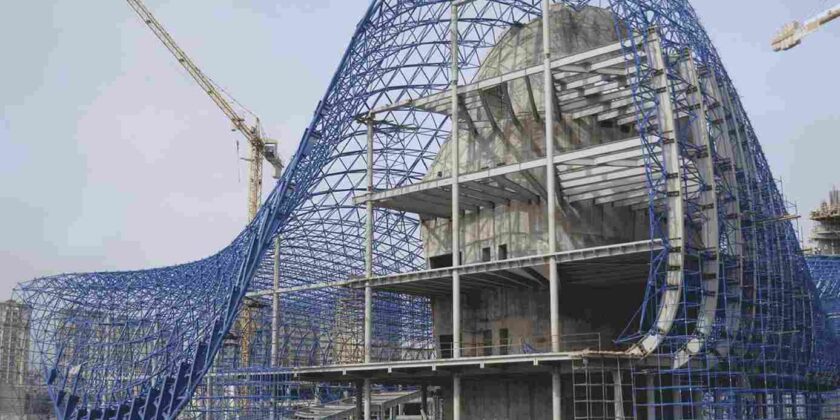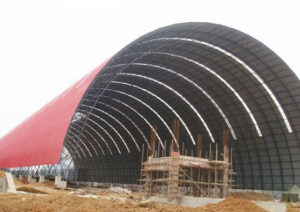Introduction
Space frame is a crucial structural element widely employed in engineering and architecture for their exceptional strength-to-weight ratio and efficient load distribution capabilities. This article aims to provide a technical understanding of space frames, covering their definition, purpose, and the benefits they offer in various applications.
What is Space Frame?
A space frame is a three-dimensional framework composed of interconnected structural elements, such as beams and nodes, forming a stable and geometrically rigid structure. The primary distinguishing feature of a space frames is its ability to distribute loads uniformly across the entire structure, ensuring optimal strength and stability. This makes space frames ideal for large-span structures, where conventional building materials may prove inefficient.
Purpose of Space Frame
The fundamental purpose of a space frame is to provide structural support over vast spans with minimal material usage. This is achieved by employing a geometrically efficient arrangement of elements that work together to resist and distribute loads effectively. Space frames find application in a variety of structures, including stadiums, exhibition halls, aircraft hangars, and even certain types of bridges. Their versatility stems from their capacity to span large distances without the need for excessive supports, making them an excellent choice for creating open and unobstructed spaces.
Benefits of Space Frame
- Strength-to-Weight Ratio: Space frames offer an outstanding strength-to-weight ratio, meaning they provide substantial structural integrity while keeping the overall weight of the structure comparatively low. This is particularly advantageous in projects where minimizing dead load is crucial.
- Large Span Capability: One of the primary benefits of space frames is their ability to cover expansive areas without the need for numerous internal supports. This characteristic makes them suitable for designing wide and open spaces, like sports arenas or exhibition halls.
- Flexibility in Design: Space frames provide architects and engineers with a high degree of design flexibility. The modular nature of the framework allows for creative and adaptable designs, accommodating various architectural requirements.
- Efficient Load Distribution: The geometric arrangement of elements in a space frame ensures efficient load distribution. This minimizes the impact of localized stresses, enhancing the overall stability and safety of the structure.
Conclusion
Space frame plays a vital role in modern engineering and architecture, offering a robust solution for creating large-span structures with minimal material usage. Their efficiency in load distribution, high strength-to-weight ratio, and design flexibility make them a preferred choice in a wide range of applications. As technology advances, space frame continue to evolve, contributing to the development of innovative and sustainable structures across the globe.



